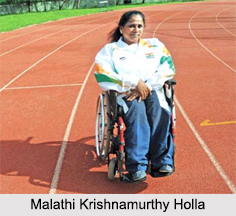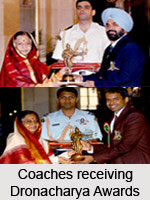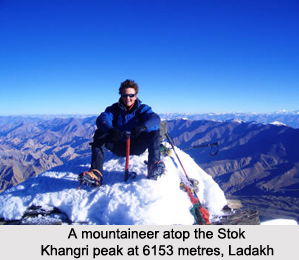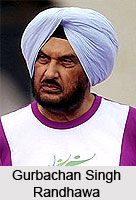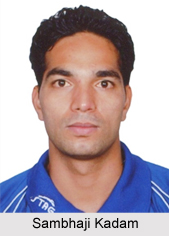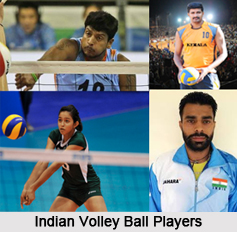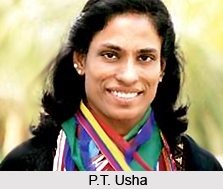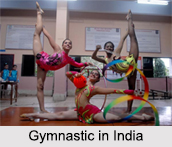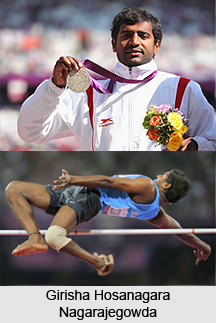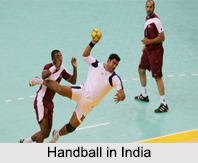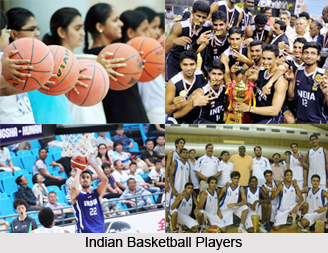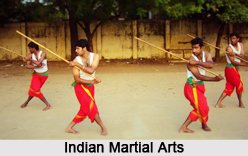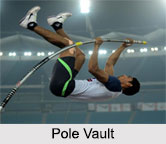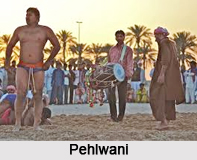 Pehlwani or Kushti is a popular style of Indian wrestling that was developed during the Mughal period. Pehlwani is a fusion and combination of Varzesh-e Bastani of Persian origin and malla-yuddha of Indian origin.
Pehlwani or Kushti is a popular style of Indian wrestling that was developed during the Mughal period. Pehlwani is a fusion and combination of Varzesh-e Bastani of Persian origin and malla-yuddha of Indian origin.
Origin of Pehlwani
Pehlwani is an evolved and enhanced variation of the ancient Indian wrestling form known as Malla Yuddha, which was practiced during the 5th century BC. It can be described as the oldest and the traditional forms of Wrestling in India. Malla Yuddha is even described in the Malla Purana, a treatise formed in the 13th century. During the Mughal invasion in Indian in the 16th century, Malla Yuddha underwent a complete transformation as the Central Asian Mughals promoted Persian customs and culture. Malla Yuddha was hugely influenced by Mongolian and Persian (Varzesh-e Bastani) form of wrestling and thus Pehlwani was created. The various instructors and practitioners gradually developed it.
History of Pehlwani in India
There were several great and renowned wrestlers in India, like Ghulam Muhammad, popularly known as Gama Pehlwan, and Jatindra Charan Guha, famous as Gobar Goho, who brought the country international recognition in wrestling. In the IV Asian Games or Jakarta Games, India reached the summit of glory as all the 7 Pehlwans received medals, including 12 medals in freestyle wrestling and Greco-Roman wrestling. Again at the Commonwealth Games, conducted at Kingston, Jamaica, all of the 8 Indian wrestlers received medals for their outstanding performances. By 1960s, the country was ranked amongst the top 8 wrestling nations in the world. Due to their glorious history in wrestling, India hosted the World Wrestling Championships in New Delhi in 1967.
Development of Pehlwani in India
The practitioners of Pehlwani nowadays incorporate various Asian martial art styles in their training routine like including the grappling aspects of Jujutsu and Judo. The conditioning and sparring techniques of Pehlwani have been introduced into various aspects of Shoot Wrestling and Catch Wrestling, including the derivative systems. These also incorporate numerous throws, takedowns and submissions of Pehlwani.
Training of Pehlwani in India
The practitioners of Pehlwani undertake intense and rigid training programmes in order to achieve expertise in the sport. Hard core physical training, known as Vyayam, develops muscle and increases body mass and flexibility. It also enhances and builds body strength and stamina for the fights. Various aspects of Yoga are also incorporated in the training routine.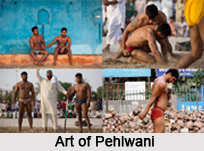
Physical Exercises in Phelwani in India
Exercises like Shirshasana, Surya Namaskara, Bethak (squat) and Dand, utilise the Pehlwan`s own bodyweight. Different types of Hatha Yoga are also used in training the wrestlers. Sawari is a technique where the practitioner trains by using another person`s bodyweight to increase resistance to the exercises.
Routines during the Phelwani Training in India
The training routines of Pehlwani also includes various weight training exercises that utilises devices like-
1. The Nal, which is a hollow stone cylinder with a handle inside.
2. The Gar Nal (neck weight) is a circular stone ring wrapped around the neck to add resistance to Dands and Bethaks.
3. The Gada (mace) is perhaps the most popular as it is associated with Lord Hanuman.
4. The Gada, used for exercise, is a heavy round stone attached to the end of a meter-long bamboo stick.
The training regimens also comprises of Dhakulis that involves twisting rotations, log pulling, rope climbing and running. Body massage is considered a vital part of the exercise regimen.
Diet during the Phelwani Training in India
Milk and ghee are regarded as the most sattvic of foods and, along with almonds, which constitute the holy trinity of the pehlwani khurak or diet. A common snack for pehlwan is chickpeas that have been sprouted overnight in water and seasoned with salt, pepper and lemon; the water in which the chickpeas were sprouted is also regarded as nutritious.
Modern Pehlwani in India
The practitioner is known as Pehlwan or Pahalwan and the teacher or instructor is called Guru or Ustad. The undisputed and invincible champions of India are bestowed with the title Rustam-i-Hind. With the passage of time, the techniques and forms of Pehlwani have evolved and various training methods from Europe and Iran have been included in the sport. Several Western techniques and nomenclatures have been incorporated into Pehlwani.
Titles in Modern Phelwani in India
Pehlwani or Indian wrestling championships consist of many titles to identify the winners, such as Rustam-i-Zamana, Rustam-i-Hind, Bharat-Kesri and Rustam-e-Punjab.
Concentration of Phelwani in India
There are various Pehlwani or wrestling tournaments, called Dangals, are conducted in different villages and the districts of India like Uttar Pradesh, Punjab, Haryana, Himachal Pradesh, Lucknow, Agra, Jhalandar, Ludhiana, Amritsar and many other districts which consist of customised variations of the rules. The fighter is declared as the winner only by knockout, submission, stoppage or by final decision from the judges` panel.





